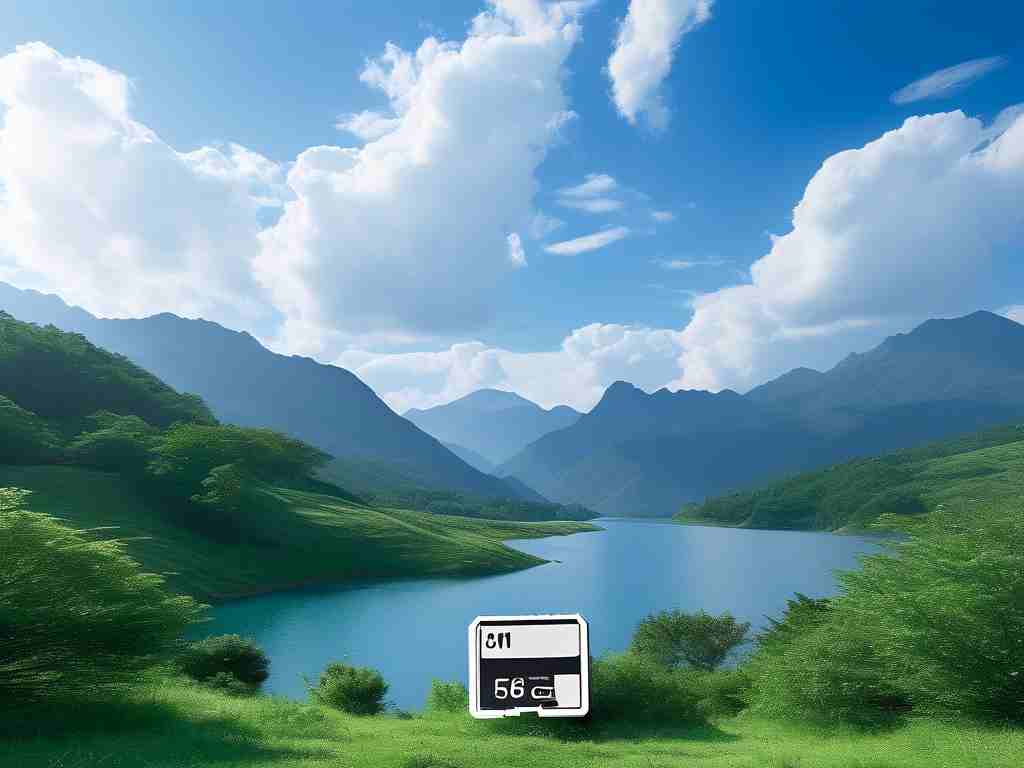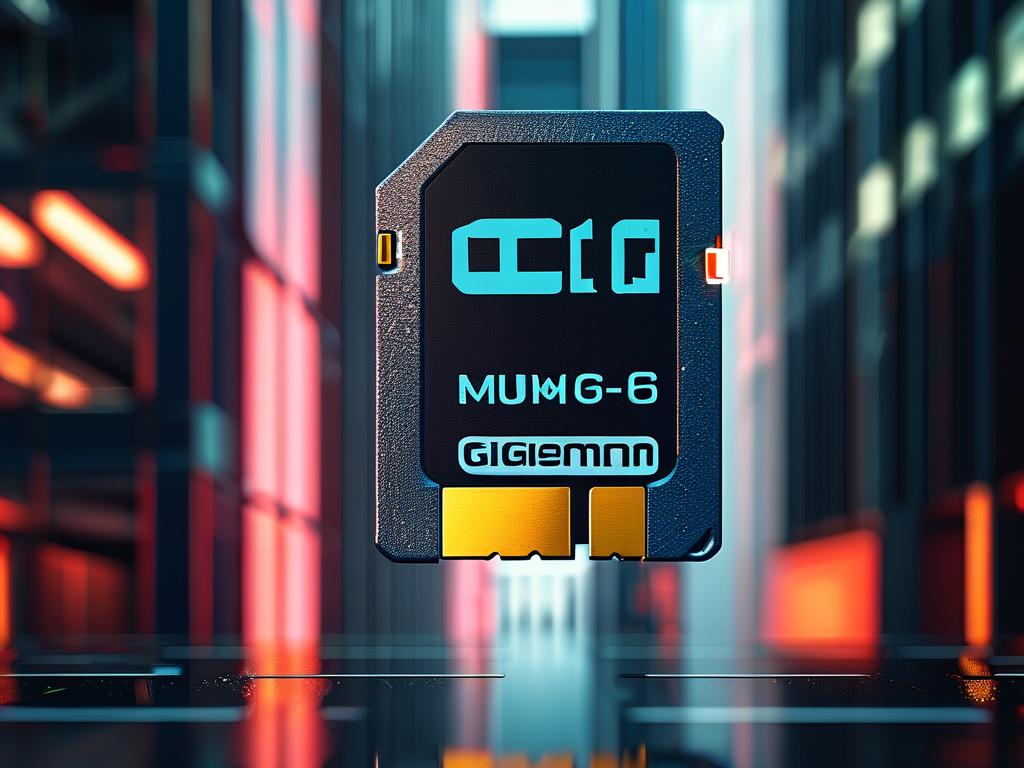Understanding how to calculate the recordable time of a memory card is essential for photographers, videographers, and content creators. Whether you’re capturing 4K video or high-resolution photos, knowing your storage limits ensures uninterrupted workflow. This guide breaks down the factors influencing recordable time and provides actionable formulas to estimate capacity across devices.

Key Variables in Recordable Time Calculations
Three primary factors determine how much media a memory card can hold:
- Storage Capacity: Measured in gigabytes (GB) or terabytes (TB), this defines the total space available.
- Bitrate: The data throughput required by your camera or recorder, typically measured in megabits per second (Mbps).
- File Format: Compression standards like H.264, H.265, or RAW formats significantly impact file sizes.
For example, a 128GB card stores far more Full HD footage than 8K video due to differences in bitrate demands. Professional cameras often display real-time bitrate data, which users can reference for precise calculations.
Step-by-Step Calculation Method
To estimate recordable time, use this formula:
[ \text{Recordable Time (minutes)} = \frac{\text{Card Capacity (GB)} \times 8000}{\text{Bitrate (Mbps)} \times 60} ]
Why 8,000? Memory card manufacturers use decimal units (1GB = 1,000MB), while data rates use binary values (1MB = 1,024KB). Multiplying by 8 converts gigabytes to megabits (1 byte = 8 bits), and 1,000/1,024 adjustments are simplified to 8,000 for practicality.
Practical Example
Assume you’re shooting 4K video at 150 Mbps on a 256GB card:
[ \frac{256 \times 8000}{150 \times 60} = \frac{2,048,000}{9,000} \approx 227 \text{ minutes} ]
This equals roughly 3.8 hours of continuous recording. Always deduct 5-10% from the total capacity to account for file system overhead and buffer requirements.
Device-Specific Considerations
- Cameras: DSLRs and mirrorless cameras may use variable bitrates. Check manufacturer specs for "average" vs. "peak" rates.
- Drones: Limited storage bays and weight restrictions make accurate calculations critical for aerial shoots.
- Security Systems: Loop recording setups require understanding daily storage needs to select appropriate card sizes.
Advanced Tips for Optimizing Storage
- Codec Selection: Modern codecs like H.265 reduce file sizes by 30-50% compared to H.264 without quality loss.
- Proxy Workflows: Record lower-resolution proxies alongside master files for editing flexibility.
- Dual Card Slots: Configure cameras to split files across two cards, doubling effective recordable time.
Common Pitfalls to Avoid
- Ignoring buffer write speeds: High-end cameras may pause recording if the card’s write speed can’t keep up.
- Overlooking temperature factors: Extreme conditions can temporarily reduce card performance.
- Assuming advertised capacity: A "128GB" card typically offers 119GB of usable space due to formatting.
Tools for Automated Calculations
Many camera brands like Sony and Canon provide mobile apps with built-in storage calculators. Third-party tools like Camera Bits or ShotPut Pro offer cross-device compatibility. For quick estimates, online calculators like Omni Calculator’s Video Storage Tool simplify the math.
Future-Proofing Your Storage Strategy
As resolutions evolve, reassess your memory card needs annually. For instance, transitioning from 4K to 8K quadruples bitrate requirements. Adopting CFexpress or SD UHS-II cards ensures compatibility with next-gen devices while maximizing transfer speeds.
By mastering these calculation techniques, creators can avoid missed shots, streamline data management, and allocate budgets effectively for memory cards. Always test calculations with short recordings before critical projects to confirm real-world performance.









